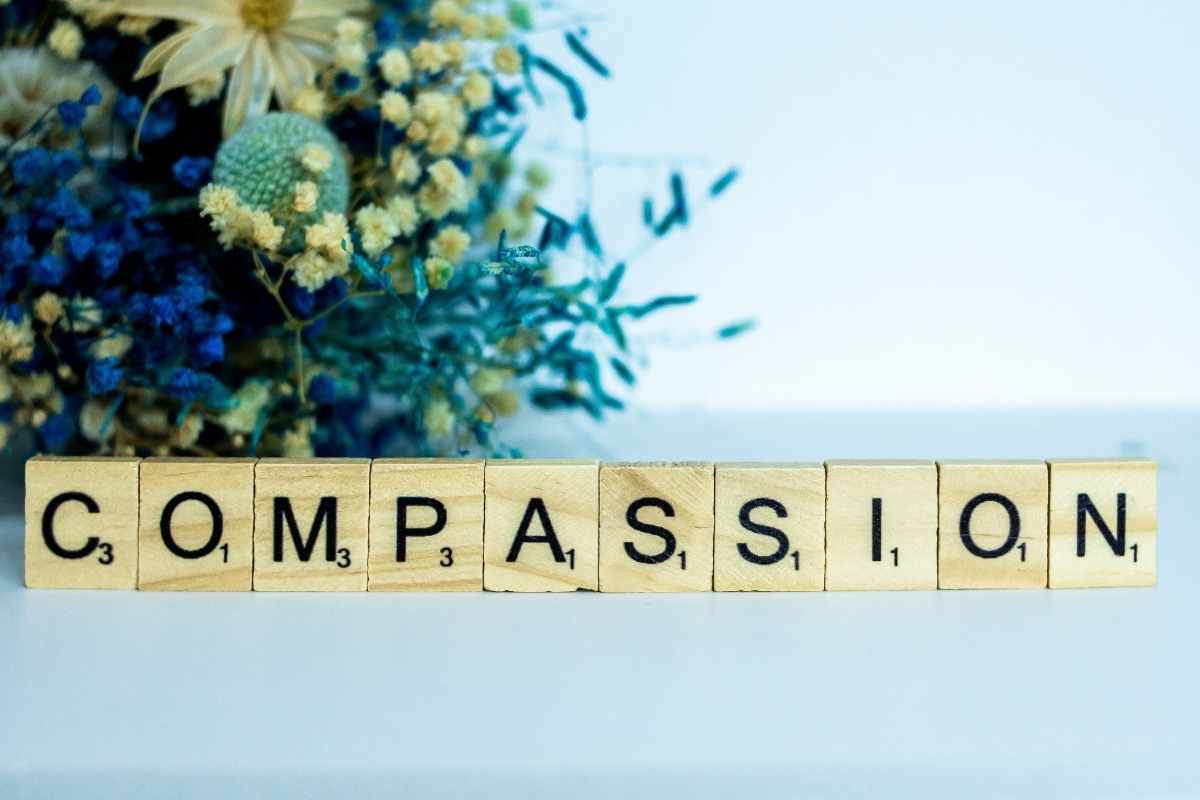March 23, 2018
8. Conversations with Parts of the Self Exercise
Written by Rachel Eddins
Posted in Tools & Exercises and with tags: journal exercises, self improvement
Conversations with Parts of the Self: “This thing I do”
In the previous exercise you got in touch with your ability to communicate openly and honestly with another person. In actual fact, this conversation was really between two parts of yourself since the “other” was not present in reality.
What you were really doing in that exercise was communicating with your image of this other and allowing this image to speak back to you. This image actually exists within you and is a part of you.
As you become this image and allow it to speak, you discover its influence in your life and you also allow it to change. What was previously fixed and static in your consciousness takes on a new life and is thereby altered.
You also discover there is a difference between your image of this other and this other as a real person. Even when you are in the actual presence of this person you find out that you have been projecting your image onto them and relating to the image and not the person.
When you begin to make a clear distinction between your images and the reality of the people around you, you open yourself up to the possibility of having relationships based on reality instead of static, unchanging images.
This distinction happens through observing the image.
|
|
Communicating with a Part of Ourselves with Which We Have a Problem
In the present exercise we will consciously communicate with a part of ourselves with which we have a problem. This part is typically experienced as something we want to change but feel helpless to change.
It is an action pattern–a habit, a behavior, a role or state of being, a thought or emotion–that seems to be “running itself” without our conscious choice; we don’t seem to have any “control” over it; we feel somewhat “victimized” by this behavior.
We feel that this behavior is doing something to us. This is the difference between being responsible or not responsible for our existence.
In actual fact, this part is us but we don’t experience it as such.
If it’s not “I” doing it, then who’s doing it? Who’s performing the action? The inevitable answer always comes back to ourselves–it is “I” who is doing it (“I have met the enemy and it is me!”) and we add–“BUT I just can’t help myself.”
The essence of not being responsible is this: We have not “owned” all aspects of ourselves. We have “split off” aspects of ourselves and we say in effect “that’s not me”.
These parts continue to influence our lives and others and we say in effect, “I can’t help it. I’m not responsible.”
Furthermore, our response to these parts is to try and condemn, conquer, control, and then “fix” these parts (e.g. through drugs, alcohol, medication, New Year’s resolutions, “self-control”, etc).
Or, if these parts of ourselves have become so unacceptable, we will project these qualities onto others and it will seem that the problem is outside of us and thus we create the basis of blame and control in our relationships.
Since these parts have a life of their own, the inevitable result is a war within ourselves or, if we have projected, it will become a war with others.
Communication with All Aspects of Yourself
In the present exercise you will get into communication with these split-off aspects of yourself, re-own them, get to know them and therefore take responsibility for them, and experience that it is “I” who is doing it.
Only when you fully take responsibility for all of you, both “positive” and “negative” aspects, can you be in a position to truly change and open up the possibility of “choosing once again.”
We will work with this part of ourselves in much the same way as we did in the previous exercise–identifying the action, tracing back the path of the action to its source, allowing the action to express itself in its own way, get into conversation with it and determine its purpose and function.
When you discover the function of a particular behavior–what it does for you–you open up the possibility of integrating the behavior into your existence and modifying it in ways that best serve you and others.
Journal Exercise: Reflect on a Part of Yourself You’ve Wanted to Change
Step 1: To begin, reflect on an action pattern in your life that you have wanted to change or feel upset about, one that is habitual in nature and that you have been “fighting” with for some time.
It is a pattern to which you say in effect, “I can’t help it.”
When you’ve identified the pattern, write it at the top of your page in action form, e.g. being angry, feeling rejected, afraid of talking to people, eating more than I need to, etc.
Then write a brief statement of where you are with this part of you and where you’ve been.
Now the first step in setting up the conversation is to write out an “opening statement” of “where you are” with this part and then a brief life path of where this part of you has been.
Step 2: Imagine you are engaging in this behavior and respond to the following questions in one paragraph.
Then take a moment to visualize yourself performing this action or behavior…
- Notice the situations in which you behave this way…
- Visualize the whole sequence of events that occur…
- See yourself clearly going through the motions from beginning to end…
- What do you see as you look at yourself performing this action?
- What emotions do you have as you look on yourself?
- What is your attitude toward this part of yourself?…
- How long has this been going on?
- What have been some of the “milestones” that have occurred in the “life” of this part.
A brief paragraph is all that is necessary.
Step 3: Speak to this part of yourself as a separate entity
Once you have completed your “opening statement”, begin to speak to this part as if it were a separate entity, as if it were another person. When you are ready, go ahead and talk to this part of you, through writing.
- What do you want to say to this part of you that does this?…
- Begin now to talk to this side of you for a little while as if it were another person….
- Now, as you did in the previous exercise, become this other side of you and describe yourself as this action.
-
- What are “you” like?… and how do “you” feel?…
- When did “you” begin?…
- In what other situations have “you” existed?…
- What is your motivation for doing what “you” do? What do “you” gain by doing what you do?…
Step 4: What do you say back to yourself?
Now, being this side of you, respond back to what you previously said. What do you say back to yourself?…
Continue this conversation for a little while switching back and forth and allow the conversation to come to a natural conclusion…
At any point in this conversation, write out any insight or awareness that comes to you out of this fantasy conversation but let it come to a natural conclusion.
Once your dialogue appears to come to a natural conclusion or if things appear to be going in circles, respond to the following question.
- What is this part of me doing to me?
- What is this part of me doing for me? What are the positives in this part?
- What is this part of me really trying to say?
- Can I accept this part of me? Can I accept the intention of this part of me?
- Are there other ways that I can fulfill the intention that this part of me is expressing?
Go to the next journaling exercise: Conversations in Unfinished Situations Exercise
*Journaling exercises written by Cort Curtis, Ph.D, used with permission.
Grounding & Self Soothing
Get instant access to your free ebook.

















